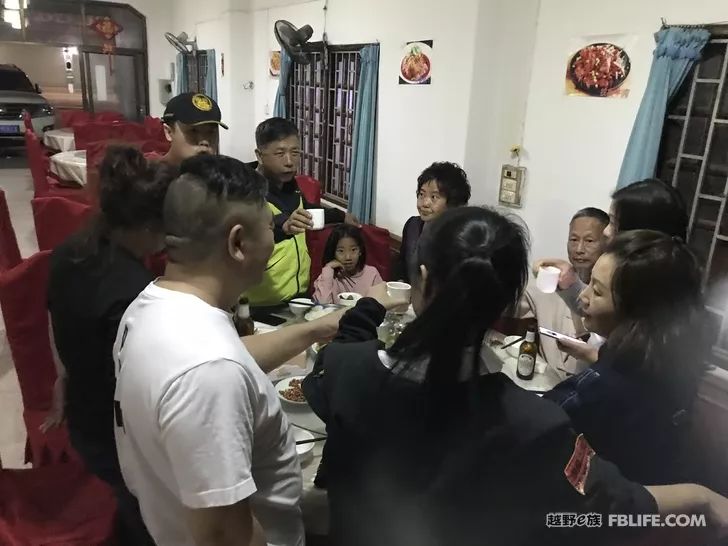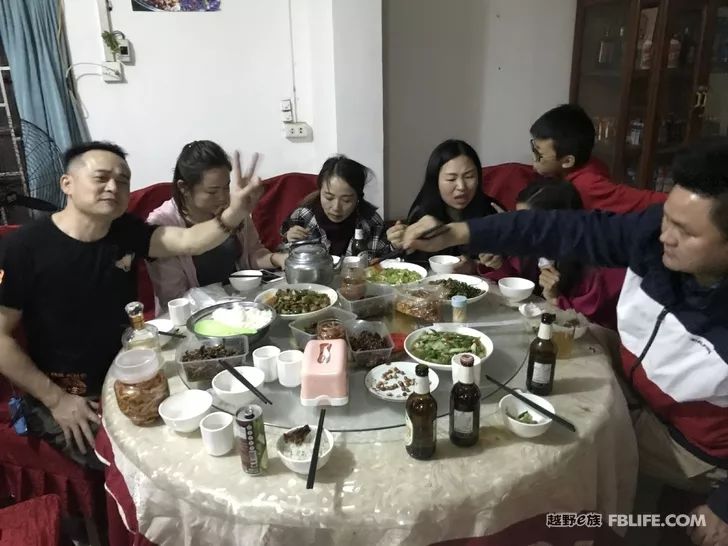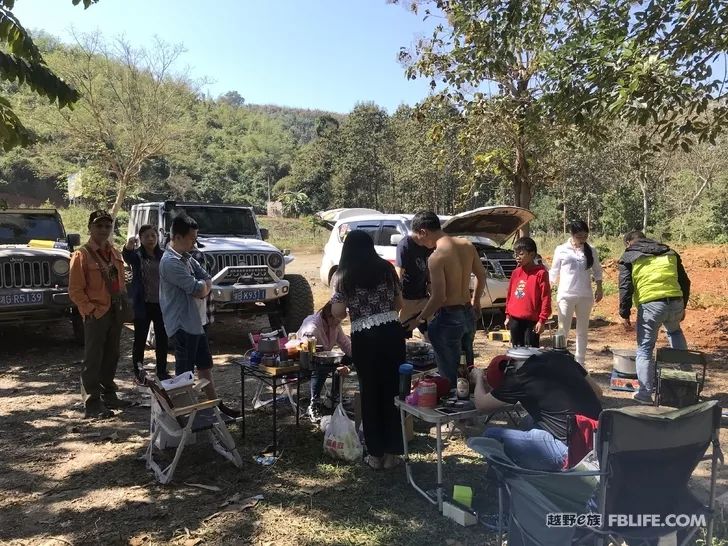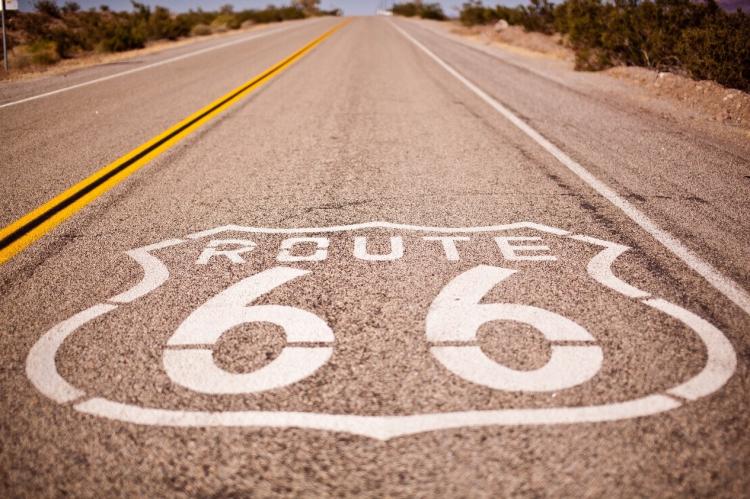
Edit: Bao Huang
Format: A Cong’er
Cartography: You Zi
The Longchuan River left from the west slope of Gaoligong Mountain, which is full of rhododendron trees, was renamed Ruili River when it entered Ruili, and then became a boundary river. The south bank of the river is Myanmar. Before leaving the country completely, Ruilijiang passed by a village called Sha. This village is the protagonist of our issue. It is the largest ethnic minority village in Ruili, a rural tourism destination with a strong border style, and it is also the “hometown of peacock dance” that we seem to be familiar with but actually don’t know much about.
Ruili has more than one “screaming sand”
About today last year, when I was traveling all the way west, I passed by Huasha. Starting in the morning, at Bazi, which is more than 700 meters above sea level, the temperature difference is not as big as that in the central plateau of Yunnan.
Huosha (I almost wrote it as shouting) is 8 kilometers away from Ruili City, and it takes almost a bag of cigarettes to drive there. When rural tourism started here in 2011, the civil servants and people’s teachers who lived in downtown Ruili were probably the target customers of the tourism company.

▲At the gate of Shouting Sha’s Village, young people dressed in festive costumes
However, for people other than Ruili, calling Sha’s name is not very public. This place name that sounds a bit graceful, seems to be not as popular as “One Village and Two Countries” two or three kilometers away from here.
Sister Ruili’s “one village, two countries”, as the name suggests, a village is crossed by the national border of two countries (China and Myanmar). Here, you can experience the thrill of swinging to Myanmar (above) and flying back in no time.

▲Angelopoulos used a wedding in “The Stork Hesitant” to describe the difficulties of the border, but in Ruili’s “One Village, Two Countries”, you saw a more wonderful idea , a gamified national border
Although there is no swing on the national border in Huaisha, you can still see a “national boundary” in Huaisha. The cigarettes, fruits, faces, and blurred words and deeds of the people who shouted in Myanmar all suggest that there is a A clearly identifiable “other”.
In terms of tourism, Ruili is not as famous as Jinghong in the south. But here, maybe you can not only see a certain Dai style that you thought there must be, but also provide an opportunity to feel the border culture from the perspective of the village, from the microcosm, or from the daily life of ordinary villagers.
This opportunity is really rare, at the moment when shouting sand is not famous enough, and it has not been ruined by the tour guide’s small trumpet-now.
quiet tourist village
Huasha is located in Bazi, and the land of Bazi has a generosity rarely seen in Yunnan mountainous areas. The broad houses of the villagers are basically all thatched roofs, usually two stories, and they can be seen from the street as being made of wood. Generally speaking, this is a continuation of traditional Dai buildings. Although the materials have evolved with the times, the structure and style still give people a simple and rustic feeling.

▲The traditional houses in Huasha, perhaps because of the needs of tourism, deliberately kept the thatched roof. It’s really pleasing to do so
In front of each house, there is a neat and tidy yard, and the winter sunshine fills the yard. Flowers and plants are planted in almost every yard, and vegetables are also planted on the edge of some yards. I saw some villagers working in the vegetable field, but most of them put up a pergola and set up stalls on the side of the yard near the road.
I am most impressed by the road of shouting sand. It is wide and straight, with almost no cars, and the roadside stalls are lined up hundreds of meters apart, and they are not selling. You can see and feel the tranquility. I took pictures all the way, and I was even a little worried about disturbing their leisurely leisure.

▲The villagers shouting sand set up a stall in front of their own house, very quiet, people can not feel the commercial hustle and bustle of tourist attractions, and the fake passion
This is a still real ethnic village, and it has not become an empty symbol because of tourism.
The presence of “foreign”
Frontier culture is one of the selling points of “Border Shouting Sands”. In addition to going to the border to see the line, the existence of the border also penetrates into the business here.
The street stalls shouting sand are basically things that I can’t understand. Something like a cigarette case, with a certain language printed on it, should contain cigarettes that our people love very much. In China, a large tobacco province and the “world’s factory”, these foreign products are actually very popular, probably not because of the content of the products, but the stories behind them.


▲(Two pictures) The stalls among the flowers keep the commercial activities in the background of the countryside – close to the natural side. And their goods are basically local or Burmese and Thai goods that are rare in the mainland but popular at the border. I just don’t know if some people are going to Kunming Luosiwan to import goods from Myanmar or Thailand from Zhejiang merchants.
The foreign goods on these street stalls are not so much a commodity as a cultural display. Walking in Huasha, assuming you don’t know that this is a border village, you probably only need to see the street stalls several times, and you will immediately ask yourself: Where am I? Am I still in China?
The tourism in the small villages on the border is a “field” (going to the market was called the field in the past). In this “field” or “field”, everything you see seems to be a true story. The atmosphere of this story makes you “immersive” and feel in a foreign country.
In “The Stork Hesitation”, the Greek film master used poetic film language to search for a certain truth about the “border”. In the turbulent Eastern Europe in the 1990s, director An Zhe found sadly that the border blocked love and ruined a happy life.

▲In “The Stork Hesitation”, a general of a certain country made a transnational move on the border, and was immediately targeted by the other party. If Angelopoulos is still alive, someone should tell him that borders are not only critical, but also nostalgic and shared pleasure
But in the shouting sand on the China-Myanmar border (as should other borders in China), we see another meaning of the border. The other side is no longer a taboo topic. For those small villages, the border line does not hurt but encourages, it does not close but opens, it is not the root cause of backwardness, but a possible shortcut to get rid of poverty and become prosperous.
Shouting Sand: Hometown of Peacock Dance
The theme of the frontier is not as good as Ruili’s “one village and two countries” in tourism. But it also has its own advantages. Making appointments with Guangla and his peacock dance is its advantage.

▲Yue Xiangguangla, who shaved his beard, had a dark side during the interview
There is no folk dance in Yunnan that has received such treatment and popularity as peacock dance in the decades since the founding of the People’s Republic of China. The fame of professional artists such as Yang Liping and Dao Meilan is almost all related to peacock dance, and in the folk, there are also many people who have changed their lives because of peacock dance.

▲Yang Liping’s peacock dance style

▲Dao Meilan’s peacock dance style in her early years was the one who made peacock dance popular all over China
The latter situation is very neglected, and Yue Xiangguangla, whom we are going to introduce grandly, is one of the outstanding representatives (don’t think that those who dance the peacock dance are the only ones). Yue Xiangguangla, born in 1948, is the inheritor of national-level peacock dance and the soul of the peacock dance “culture” (embodied in various signs and the cultural positioning of tourism) that can be seen everywhere in Yaosha.

▲Dating Xiang Guangla in his youth
After making an appointment with Guangla at the age of 20, he married into today’s Huasha Village. Therefore, it has the reputation of today’s “Hometown of Peacock Dance”. A fact that needs to be further verified is that when I asked a peer about Xiang Guangla during the interview with Huasha, he told me that he could not dance the peacock dance, and he said that other people did not dance very much either. Yuexiang Guangla also told me that in the past, Huasha didn’t know how to dance peacock very much. It was far from the city. In the 1950s and 1960s, that is, the time when he grew up, it was a time when he was very progressive, and he worked hard to transform himself to adapt. A village transformed by the new society.

▲The old man called Sha Sha, who was in his 60s, set up a stall beside the vegetable field. He said he couldn’t dance the peacock dance. The peacock dance is probably not a dance that every Dai people will definitely know. If you can’t catch a Dai compatriot in the future, ask, can you dance the peacock dance? Artists are rare in any society
Of course, he made an appointment with Guangla to learn this kind of folk art that was once criticized and could not even be mentioned by name-but he can go on stage by changing “Peacock Dance” to “Harvest Dance”. Because of this kind of skill, without changing one’s own status, it can also bring a cultural strength that can be converted into RMB to the collective of Shouta.
After a rough walk in Huasha, I didn’t see any traces of peacock dance except about Xiangguangla. Probably, this kind of happy dance can only be seen in their happy life. Of course, the stage built for tourists can also see performances.


▲Yao Xiangguangla, who showed peacock dance moves on the stage of the training center built by himself
About Xiang Guangla showed me more than 30 sets of peacock dance on the stage of his home. These actions simulate the habits of the peacock’s life, including the peacock walking, drinking water, bathing, spreading its wings, opening up, leaping and so on. Yue Xiang emphasized that walking is a particularly basic movement of peacock dance, and the essentials of this movement are “lifting fast and falling slowly”.

▲The peacock that has been imitated and never replaced. The peacock is a bird with a high status in the culture of the Dai people, an auspicious bird. But in shouting sand, usually a bird suddenly enters the house, which will be considered unlucky. So, not all birds are treated like peacocks
I may be more familiar with the life of chickens. Following the guidance of Teacher Yuexiang, I feel that I can also make chickens walk a little bit like a peacock.
Performances on stage have changed many traditions. Teacher Yue Xiang said that in the past, peacock dance had to be performed in four different directions for one movement, that is, one movement had to be repeated four times. But today, the stage is no longer facing the four directions, so only one jump is enough.

▲Yue Xiangguangla who danced the peacock dance in national costume
Ruili has two national-level peacock dance inheritors of the same age, and the other is Wang La, who once served as the curator of the Ruili Cultural Center. In comparison, Yuexiang Guangla represents a more folk way. His artistic life is basically self-cultivation, and it is mainly derived from imitating the movements of animal peacocks. Emphasizing learning from animals is the inheritance idea that Yuexiang still continues today. In his TV program “China Dream Show” a few years ago, he expressed a wish to build a peacock garden.
The Other Side of Peacock Dance
Speaking of this, it is necessary to popularize the history of peacock dance.
The peacock dance we see on the stage today, whether it is adapted by the artist or more folk (or original), is usually a peacock dance with bare hands. This is also the main reason for dating and dancing.
But there is another kind of peacock dance that many people have never seen before, called the shelf peacock dance, which was once popular among the people, but is now being lost.

▲Yuexiang Guangla on the stage, and the unarmed peacock dance on the right. This is the fusion of the two dances on the stage. It is probably a kind of thinking created by today’s literature and art
There is a big difference between unarmed peacock dance and air peacock dance. The latter needs to tie a peacock shape on the person, and wear a mask on the face. When they dance, the scene is very grand and has a sense of ceremony. The bare-handed peacock dance basically uses hands, feet, faces and other body parts to pose in various shapes to imitate peacocks.
There is a generally accepted view on the relationship between these two peacock dances, that is, there is the air peacock dance first, and then there is the bare-handed peacock dance. The peacock dance is exclusive to the nobles of the Dai nationality, and the folks can only dance the peacock dance with bare hands at most.
When did the bare-handed peacock dance start? There is a relatively accepted statement in the intellectual circles: in the 1950s, it was created by Ruili folk dancer Mao Xiang. Mao Zedong’s sons all insisted on this statement when recalling their father, and some scholars also think so.
However, I prefer to say that the way of unarmed peacock dance should have a long history, but this kind of dance may not be as artistic as the unarmed peacock dance created by Mao Xiang later, so Mao Xiang may not be the inventor , but the creator.

▲Mao Xiang (1920-1986), the first generation master of unarmed peacock dance, created a new situation of peacock dance. Legend has it that he once practiced in the rain to improve his eyesight. Probably dance masters, like martial artists, have their own unique skills
Mao Zedong had a tortuous life experience, and was an exploited class in the past. In order to make a living, he has been active on the China-Myanmar border for a long time, so his six wives, the joys and sorrows among them, all bear the imprint of the border. After liberation, he was discovered by the predecessor of the Central Song and Dance Troupe, the Central Ethnic Student Art Troupe (1953), based on his dancing expertise. Three years later, in 1956, he performed the peacock dance at the China-Myanmar Frontier People’s Gala. After being seen by Zhou Enlai, he praised it—”Sure enough, the name is well-deserved. The peacock dance is very beautiful, but it needs to continue to develop to make it more perfect.”
Later, at the 6th World Youth Gala held in Moscow in 1957, Mao Xiang represented the country and won the silver medal. After that, the peacock dance spread abroad. When he returned to China, he also won the honor in the field of academic dance. Certain influence. Mao Xiang changed his life and the history of peacock dance by developing freehand peacock dance.
Ruili is the birthplace of the new-age peacock dance. However, Yue Xiang Guangla, who shouted Sha, had no formal mentorship with the tradition started by Mao Xiang in the 1950s. Yuexiang Guangla recalled that around 1975, he participated in the peacock dance training organized by the government, and at this time the old Mao Xiang, who was already addicted to alcohol, taught him.


▲Yuexiang Guangla’s family’s training center shows his achievements and honors for most of his life
“At that time, Mr. Mao, he only taught when he was drinking, and he didn’t teach if he didn’t drink. I learned one or two moves in the morning. After doing it for five or six days, I really learned it, but I didn’t do it for two days.”
This was the only formal peacock dance training that Yue Xiangguangla had in his life.
However, although he himself did not grow up in this type of training, he has been teaching thousands of students in the form of training classes. Some of these students came here especially from Myanmar.

▲Appointment with Guangla to teach students in the training center




